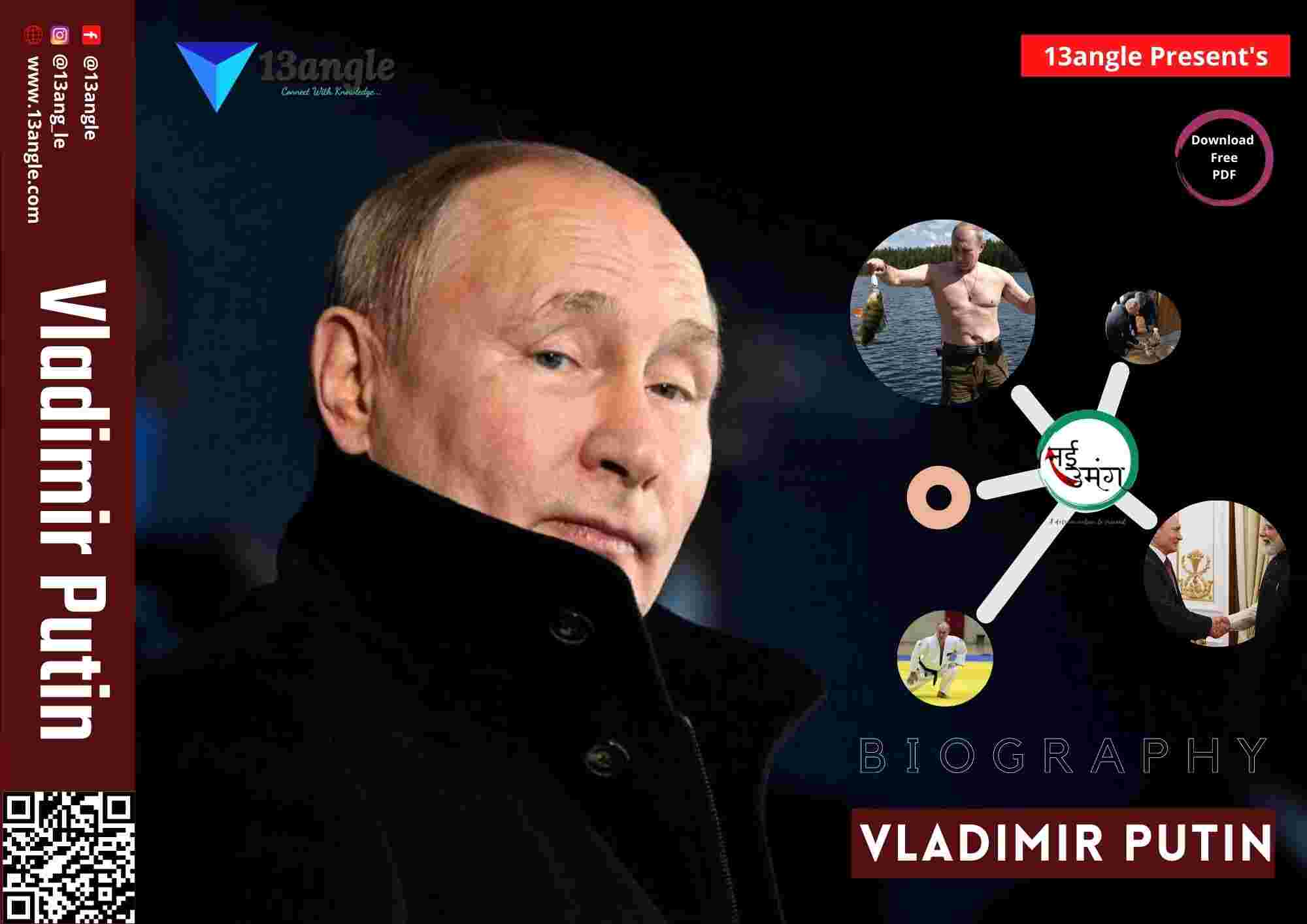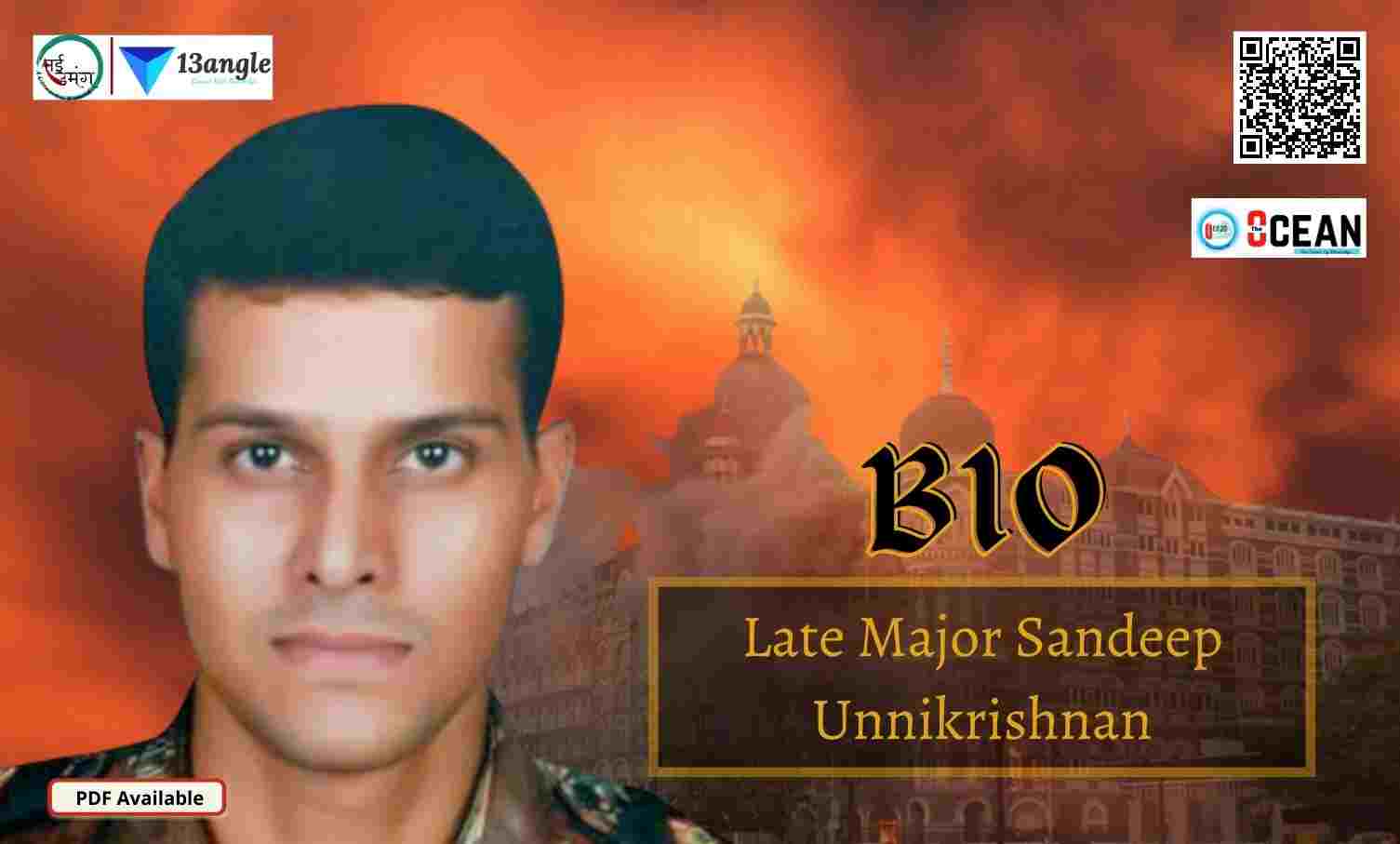
Introduction
Born on 26 April 1848, Raja Ravi Varma was a Royal Indian painter and artist. His name comes under the greatest painters in the history of Indian Art. One of the things that make his so unique is that his works depict the fusion of both European academic art and a purely Indian sensibility and iconography. He moved on from Travancore, which is his kingdom to be welcomed by many others in India. He was accepted by many kings and Connoisseurs with all their love and respect for his talent.
He embraced the European style and Techniques of oil painting with ease. He visualized pained gods and goddesses and gifted that to people which changed the way they saw their deities. He immortalized many kings and queens, princes and princesses, lords, and others through his portraits that are full of life. He could visualize scenes of Epic and Mythologies and painted them on a huge canvas. The characters given in that epic were phenomenally beautiful and very handsome. He also painted brilliant pictures of semi-nude female figures in their seductive mood and that was not socially acceptable for the pseudo-elites of those days.
He was always ahead of his time; he went ahead and established a litho press that produced Lithographs and Oleo-graphs of gods and goddesses apart from beautiful scenes from the EPIC and MYTHOLOGIES. Thus, he could produce great images at an affordable rate for benefit of the masses. His style of functioning irritated some sections of the society; he even had to fight his own legal battle to win against those people. He always dared to swim against the stream, he stood firm like a rock against many wrong perceptions about him. He proved to the world that a work of art is much beyond the people’s perceptions about the artist.
Though he never crossed the shores of India, due to some mythical beliefs of those days, his paintings traveled the world his paintings traveled across the world and won international recognition.
Family
Ravi Varma was born into an aristocratic family, son of Ezhumavil Neelakanthan Bhattatiripad and Umayamba Thampuratty, his father, was a scholar of Sanskrit and Ayurveda. He also had two siblings namely, Mangala Bayi(sister) and Raja Varma (brother).
The Prince Of Colour
Varma was born into an aristocratic family in Travancore state. He showed an interest in drawing from an early age, as a precautious child Ravi showed signs of interest through drawing on rock, soil and walls of his house. His attraction toward colors was passed down from his uncle RAJA RAJA VARMA, his uncle. Raja Raja Varma (who himself was an artist), noticing his passion for drawing on the palace walls, gave him his first fundamental lessons in painting thereafter. When Varma was fourteen, he learned the basics of painting in Madurai. Later the royal painter Rama Swami Naidu started giving him watercolor lessons.
Three years later Varma began to study oil painting with Theodore Jensen, a Danish-born British artist. Varma adapted western realism to pioneer a new movement in Indian art.
Maharaja of Travancore, Ayilyam Thirunal patronized Ravi Varma and began the formal training thereafter. He moved the initial steps towards learning painting in Madurai, later he was also guided by Rama Swami Naidu in watercolor painting techniques.
His art career escalated when won an award in 1873 for his exhibition at Vienna, his paintings were also sent to the WORLD’S COLUMBIAN EXPOSITION which was held in Chicago in 1893.
His Works
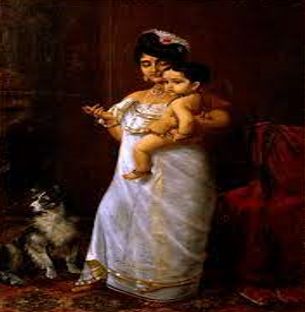
There comes papa an 1893 painting by the Indian artist Raja Ravi Varma. The painting depicts Varma’s daughter and granddaughter, looking to the left at an approaching father. Evoking both Indian and European styles, the painting has been appreciated by critics for its symbolism regarding the decline of the Nair matrilineal practices.
This painting focuses on Varma’s sister-in-law, Bharani Thrirunal Lakshmi Bayi, Senior Rani Travancore, who adopted Varma’s granddaughters.

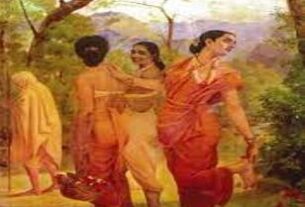
Ravi Varma depicts shakuntala, an important character of Mahabharata, pretending to remove a thorn from her foot, while actually looking for her husband Dushyantha, while her friends call her bluff.
Damayanti is a character in a love story found in the Varna Parva book of the Mahabharata.
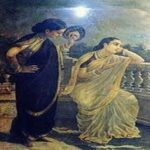

Portrait of a lady holding a fruit, depicting both eroticism and innocence.
Portrait of an Indian women holding a fan as she leans on a window frame overlooking a landscape with shrubbery, distant hills and the setting sun. She wears a pale blue sari, with heavy bangles and other jewellery, painted in the western academic tradition.
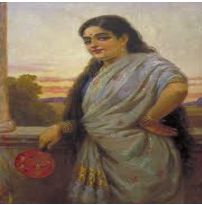

“NAIR LADY ADORNING HER HAIR”, for this painting he won the Governor’s Gold medal in 1873.
Raja Ravi Varma Press
Ravi Varma started a lithographic printing press in Ghatkopar, Mumbai (1894) on the advice of then dewan of Travancore, T. Madhava Rao. It was later shifted to MALAVI near LONAVALA (Maharashtra) in 1899. The prints consisted of mostly scenes from Mahabharata, The Ramayana, and The Puranas.
Other Names
Koili Thampuran of Kilimanoor
Ravi Varma Koil Thampuran
Bibliography
- Raja Ravi Varma: The Most Celebrated Painter of India
- Raja Ravi Varma: Portrait of an Artist, The Diary of C. Raja Raja Varma
- Divine Lithography, Enrico Castelli and Giovanni Aprile, New Delhi, Il Tamburo Parlante Documentation Centre, and Ethnographic Museum, 2005
- Photos of the Gods: The Printed Image and Political Struggle in India by Christopher Pinney
- Raja Ravi Varma:Raja Ravi Varma by E.M Joseph Venniyur
- Raja Ravi Varma: A Novel by Ranjit Desai
- Pages of a Mind: Life and Expressions, Raja Ravi Varma
- Raja Ravi Varma: Painter of Colonial Indian by Rupika Chawla
- Raja Ravi Varma – Oleographs Catalogue by D.Jegat Ishwari
- Ravi Varma Classic: 2008, Genesis Art Foundation
- The Painter: A life of Ravi Varma by Deepanjana Pal
- Raja Ravi Varma – The Most Celebrated Painter of India by Parsram Mangharam
- Raja Ravi Varma – The Painter Prince by Parsram Mangharam
- Raja Ravi Varma and the Printed Gods of India, Erwin Neumayer & Christine Schelberger, New Delhi, Oxford University Press, 2003
- Ravi Varma – A critical study by Vijayakumar Menon
Criticism
Art criticism followed his canvas like some hidden brush strokes. He was criticized by new generation artists who saw his art as superficially Indian with the hints of western influence. For some, his art was ‘calendar art’. Despite of all the controversies over his art, his interest in his art remained constant.
Death
He died on October 2, 1906, Kilimanoor palace, he was also suffering from diabetes and when his body refused to move as fast as his mind he came back to the very same place where he was born to spend the rest of his lifetime.
Top 13 Interesting Facts About Raja Ravi Varma
Raja Ravi Verma married a twelve-year-old girl named Bhagirathi when he himself was eighteen, she belonged to a royal family and they had five children, two boys, and three girls.
In 1904, he was awarded by a British Viceroy Lord Curzon “KASAR-I-HIND”, which added the title of “Raja” in his name since then. A title well maintained and was something he was proud of.
At some point in their art career, he got so famous that a post office was built in his small hometown, Kilimanoor to attend to the various painting requests emerging from around the world.
Madurai artist Rama Swami Naiyyar saw him as an emerging competition and he refuses to teach him any oil painting techniques, Pillai (one of his students) taught Ravi Varma the painting techniques.
In 1894, he opened a lithographic printing press, which he later sold to a technician from Germany; this press printed the Hindu gods and goddesses from Hindu epics which can be seen in Indian houses to date.
At the beginning of the 20th century, a group of women from Tamil Naidu decorated the prints of the paintings created by Ravi Varma in sparkling works; these are now more than a hundred years old.
Raja Ravi’s brother, Raja Raja Varma, was a Plein-air artist(outdoor painter), and all the available information about RAJA RAVI VARMA known to us is through the dairy “RAJA RAVI VARMA-portrait of an artist”, written by his younger brother, Raja raja Varma. He was also his art and business manager.
The king of Vadodara commissioned Raja Ravi to paint the scenes from Hindu mythology and the royal family. This big collection of paintings is still on display at Laxmi Vilas Palace in Vadodara.
In 2013, the International Association of Astronomical Union named a crater at Mercury “Varma crater”, as a tribute.
Once the best-selling comic in India, ‘Amarchitrakatha’, includes the paintings inspired by Raja Ravi Varma’s paintings.
In 2014, a movie named ‘Rang Rasiya’ was released which was based on Raja Ravi Varma’s life.
In 2008, the Guinness book of world Records added the world’s most expensive silk saree, on which the famous paintings by Ravi Varma were reproduced and the painting named ‘Galaxy of musicians’ was the main attraction. It weighed around 8 kg and was auctioned for 4.5 lakhs.
In his honor, the Government of Kerala has initiated an award in his name, ‘Raja Ravi Varma Puraskaram’, which is awarded to extraordinary people in the field of art and culture.

